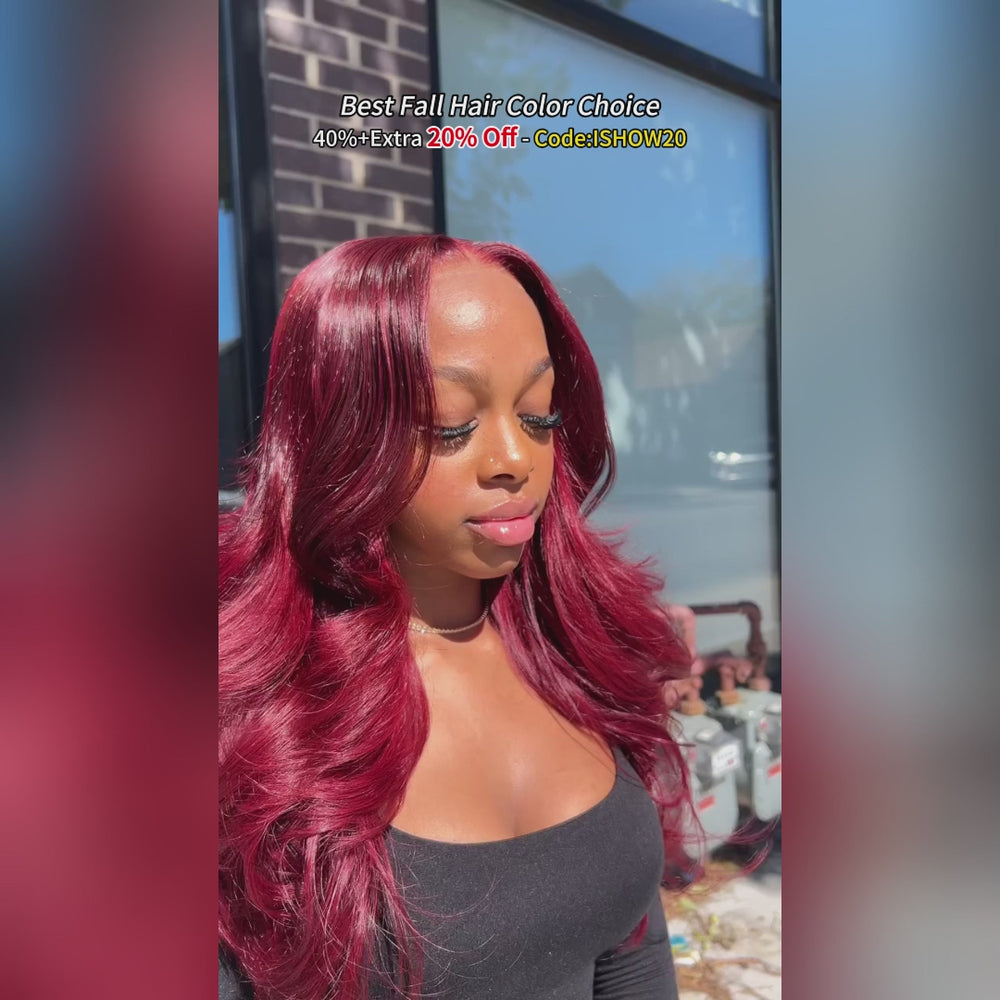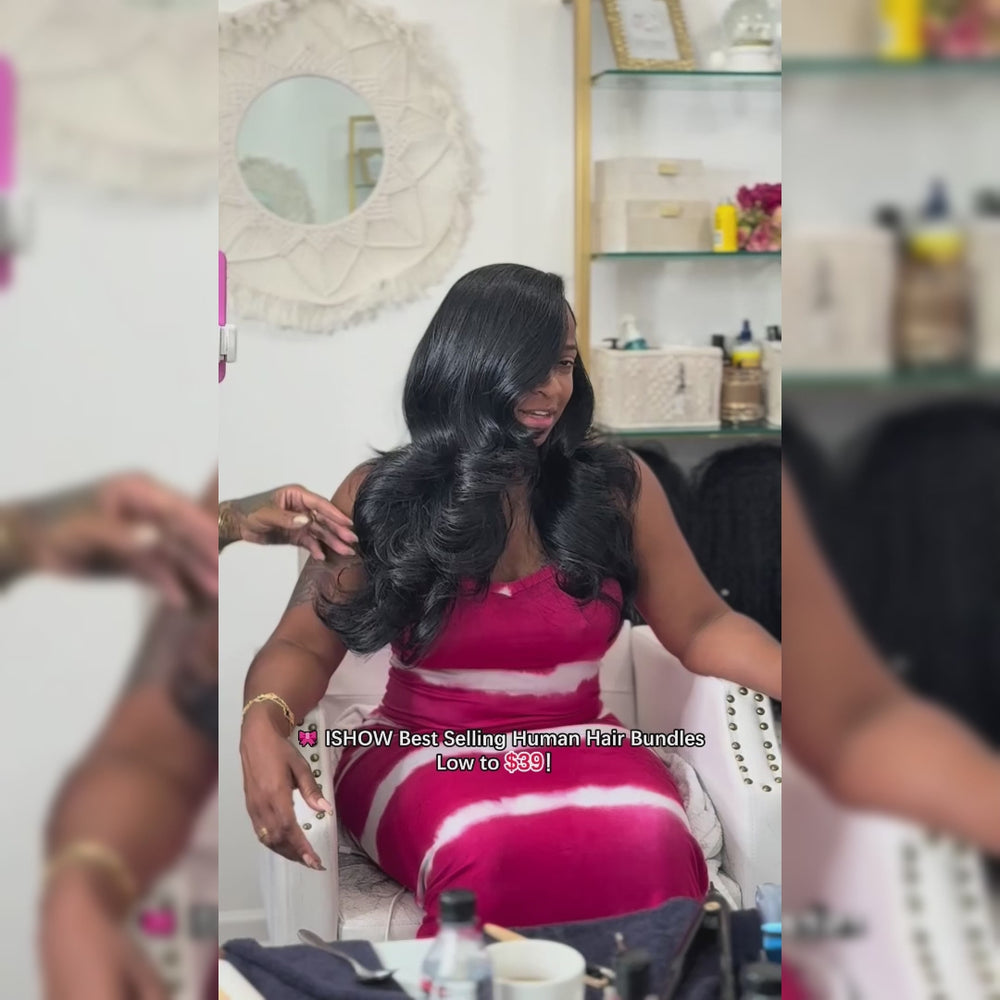How to Keep Wigs From Shedding? 8 Tips You Should Know
Every wig wearer knows the frustration of shedding. Those stray hairs that detach from your beloved wig can not only spoil its look but also reduce its lifespan. So what could be the reason causing the wig to shed and how to prevent the issue, to hold the beauty on your heads longer? This blog will walk through how to keep your wigs from shedding, ensuring they stay lush and beautiful for as long as possible.
What Causes a Wig to Shed
Shedding is often an inevitable part of owning a wig, but various factors can accelerate it. The quality and age of the wig can play significant roles, as well as how you style and maintain it.
1. The Quality of the Wig
A high-end wig is typically hand-tied strand by strand and uses finer quality mesh, making it less prone to shedding. The materials used for the base of the wig can affect how securely the hairs are attached. On the other hand, a less expensive wig often has machine-sewn wefts, where hair is more loosely attached and thus, more likely to shed.
2. The Age of the Wig
Like most things, wigs have a lifespan. Over time, the hair strands weaken, and the fibers can become brittle, especially if they've been frequently styled with heat or exposed to harsh environmental elements like strong sun or dry air. The older the wig, the more fragile it becomes, which naturally leads to increased shedding.
3. Your Styling and Maintenance Practice
How you handle your wig can make a huge difference in its tendency to shed. Vigorous brushing, over-styling, using high heat, and washing with harsh products can all contribute to weakening the hair strands. The gentler you are with your wig, the longer it will stay full and luscious.
4. Different Types of Wig Fibers
Human hair wigs are generally more durable than synthetic ones. They are made from real human hair, so they tend to withstand styling and heat better. Synthetic fibers are not as strong as human hairs. They can break more easily, especially cheaper ones, which leads to shedding.
How to Stop Wigs from Shedding
Knowing the possible reasons is only the simple start. The most important is to learn how to stop a wig from shedding.
1. Selection of High-Quality Wigs
A high-quality wig is an investment that pays off in the long run with less shedding and more durability. Look for wigs with strong wefts-these are the threads that the hair is sewn onto-and securely tied knots. If the wig hairs are easily pulled from the cap or if the wefts seem loose, that's a red flag. Pay attention to the details: soft but strong lace, hair that feels resilient, and even the weight distribution across the cap can all be indicators of a well-made wig.
2. Proper Wig Storage
After a day out, where you store your wig can make a big difference in its lifespan. Rather than tossing it aside, use a mannequin head or a specialized wig stand for storage; these tools not only help the wig keep its shape but also reduce the stress on the fibers that can lead to shedding.
3. Gentle Handling and Usage
Handling your wig gently cannot be overstated. Always use a light touch when putting on or removing your wig. Avoid pulling or tugging at the base, and make sure to secure it without using excessive force. This gentleness preserves the wig's structure and prevents shedding caused by breakage.
4. Appropriate Washing and Conditioning
Think of washing your wig as a spa day for it. Use only wig-safe shampoo and conditioner. Submerge the wig in cool water and cleanse it softly, without rubbing, which can cause knots and lead to shedding. Conditioning is just as essential-it keeps the wig fibers soft and pliable. And remember, washing after every 7-10 wears is typically sufficient, unless your wig has been exposed to heavy odors or dirt.
5. Brushing Techniques
Say goodbye to regular brushes and hello to wide-tooth combs or brushes specifically designed for wigs. Start from the ends and work your way up to avoid tugging hairs out from the roots. Never brush a wig while it's wet, as this is when the fibers are most vulnerable. Patience during detangling will save you from a lot of unnecessary shedding.
6. Avoiding Excessive Heat and Styling Damage
Turn down the heat! Excessive temperature is the enemy of both human hair and synthetic wigs. If you must style with heat, use the lowest setting possible, and always apply a heat protectant. For synthetic wigs, look into styles that don't require heat at all-there are many methods to achieve curls or waves without risking damage.
7. Repairing Loose Threads and Wefts
Keep a close eye on the little things. Loose threads and detached wefts are often the beginning of shedding woes. When you spot them, a small sewing kit dedicated to your wig care can be your best friend. A quick stitch to secure a loose thread or a weft can prevent a minor issue from becoming a major shed-fest.
8. Routine Maintenance Checks
Set aside time once a month to inspect your wig closely, looking for signs of wear and tear. Catching issues early means they can be addressed before turning into bigger problems. Reinforce those wefts and knots, condition those ends, and keep your wig looking fresh and full of life.
When to Seek Professional Help
Persistent Shedding
If you notice excessive shedding that doesn't improve with the suggested care techniques, it could be time to consult a professional. Sometimes, shedding is due to a failure in the wig's construction that only a seasoned eye can detect and remedy. Specialists in wig care can also offer deep conditioning treatments, which can restore life and vigor to a wig that has become dry and brittle. These treatments can replenish essential oils and keratin to the hair fibers, strengthening them and reducing shedding.
Visible Damage
If you see significant damage, such as large patches of thinning or areas where the wefts have become visible, don't attempt to repair these on your own. A professional wig stylist can often re-weave or add hair to these areas, blending them seamlessly with the existing strands.
Maintenance for High-End Wigs
In addition, if you've made an investment in a high-end wig, it's worth taking it to a professional for regular maintenance. They can perform precision cuts to keep the style looking sharp, apply safe coloring treatments to maintain the desired hue, and adjust the fit of the cap to ensure it remains snug and secure.
Enhance Your Beauty Routine with a Secure Wig
Wigs are wonderful additions to your beauty routine, offering versatility and confidence. Shedding is a common challenge, but with proper selection, storage, handling, washing, brushing, styling, and routine maintenance, you can significantly minimize this issue. And remember, seeking professional help isn't just a last resort-it's also a proactive way to ensure your wig stays in peak condition. May your days be filled with joy with the added charm your wig provides.











